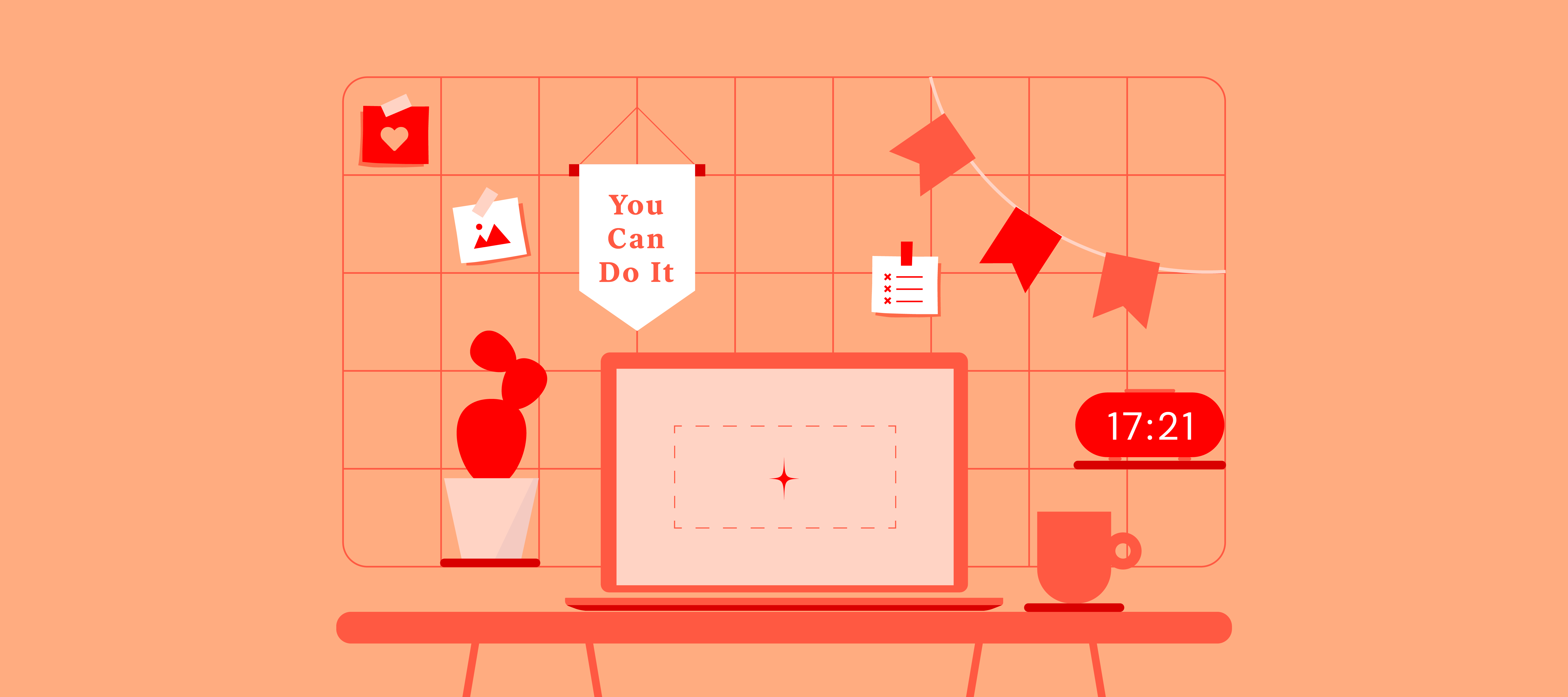The Most Effective Sorts Of Web Design to Enhance User Experience and Engagement
In the ever-evolving landscape of digital communication, the effectiveness of Web layout considerably influences individual experience and interaction. Various layout strategies, such as minimal, receptive, and interactive layouts, each deal one-of-a-kind advantages that can provide to varied user demands.
Minimalist Website Design
As electronic landscapes come to be increasingly chaotic, minimalist Web style has emerged as a powerful method to improving individual experience. This design viewpoint prioritizes simpleness, concentrating on necessary components while removing unnecessary diversions. By making use of ample white room, straightforward navigation, and a restricted shade combination, minimal layout cultivates clarity and routes user interest to key web content.
The core concept of minimal Web layout is to create a smooth communication for individuals. By decreasing cognitive lots, individuals can quickly realize details without really feeling overwhelmed. This direct technique not only improves use yet also urges involvement, as visitors are more probable to discover a site that is visually enticing and very easy to navigate.
In addition, minimal layout usually highlights typography and images, utilizing these aspects strategically to share messages properly. This concentrate on necessary elements can boost brand identity and create a remarkable customer experience. Essentially, minimalist website design is not just a pattern; it is a thoughtful methodology that identifies the value of user-centered design. By stripping away supplementary elements, developers can produce a more engaging, reliable, and pleasurable Web experience for all customers.
Responsive Website Design
In today's diverse electronic environment, receptive Web layout has become essential for creating a smooth individual experience across a wide variety of devices. As customers access internet sites on smartphones, laptops, tablet computers, and desktop computers, the capacity of a website to adapt its format and content to various display sizes and resolutions is essential.
Receptive website design employs versatile grids, photos, and CSS media queries to make certain that Web content is presented ideally, despite the gadget utilized. This strategy not only improves the visual allure of a website yet additionally dramatically boosts functionality. Customers are more probable to involve with a site that uses a regular experience, as it gets rid of the aggravation of needing to focus or scroll excessively.
By taking on responsive layout, services can boost their visibility and get to a wider target market. In summary, receptive Web layout is an essential technique that improves individual experience, involvement, and total contentment.
Interactive Web Layout
Receptive website design prepares for enhancing customer experience, but interactive Web design takes this a step better by involving customers in an extra dynamic method - Aligned Position Web Design. By integrating aspects such as animations, clickable prototypes, and real-time comments, interactive Web layout astounds users, drawing them into a richer browsing experience
This technique not just cultivates involvement yet also encourages users to check out content actively instead of passively consuming it. Techniques such as gamification, where users earn rewards for finishing jobs, can significantly enhance the time invested in a site and improve total fulfillment. Moreover, interactive attributes can streamline complicated details, making it a lot more absorbable and satisfying.

Integrating interactive style elements can likewise bring about higher conversion prices, as individuals are more probable to engage with a website that proactively entails them. Aligned Position Web Design. Ultimately, interactive website design transforms user experiences into unforgettable trips, guaranteeing that visitors return time and again
Apartment Design
Identified by its minimalistic strategy, level layout stresses simplicity and performance, removing away unneeded aspects and focusing on vital attributes. This style approach focuses on use, making sure that customers can browse interfaces easily and efficiency. By using a tidy visual, flat design removes the clutter typically found in more ornate styles, therefore boosting individual focus on content and capability.
The hallmark of flat layout depends on its usage of bold shades, basic typography, and geometric shapes. These elements add to a visually enticing user interface that is both contemporary and approachable. Additionally, level style fosters a feeling of clearness, allowing users to discern important activities and info without interruption.
Additionally, flat layout is especially effective in receptive website design, as its simplicity converts well across numerous tools and display sizes. The absence of elaborate structures and slopes decreases loading times, which is important for keeping individual engagement. As digital landscapes remain to progress, level style remains an appropriate selection for producing user-friendly web sites that enhance Discover More general experience. By concentrating on important attributes, flat style not just meets individual demands however additionally encourages seamless communication, making it a vital element of reliable website design approaches.
Adaptive Website Design
Flexible website design tailors the user experience by developing numerous dealt with formats customized to various display dimensions and tools. Unlike receptive layout, which fluidly readjusts a solitary format, flexible layout uses distinctive formats for details breakpoints, ensuring optimal discussion on numerous systems. This strategy permits developers to concentrate on the special features of each device, improving use by providing exactly what individuals need based on their context.
Among the key benefits of adaptive Web style is its ability to optimize lots times and efficiency. By offering tailored web content and photos that fit the individual's device, websites can minimize information use and enhance loading speeds. This is specifically beneficial for customers with slower links or restricted information plans.

Furthermore, flexible design facilitates a much more regulated and consistent branding experience. Since designers produce numerous layouts, they can guarantee that the aesthetic components align with the brand's identity across various systems - Aligned Position Web Design. This results in a next page cohesive individual experience, improving involvement and advertising user retention
Conclusion
Minimalist design fosters clarity and focus, while responsive layout ensures adaptability throughout numerous gadgets, promoting accessibility. Jointly, these layout approaches contribute to the production of straightforward atmospheres that not only boost fulfillment however also drive greater conversion prices, emphasizing their essential relevance in contemporary Web style methods.

Minimal style cultivates quality and emphasis, while receptive style makes sure flexibility throughout different gadgets, advertising accessibility. Jointly, these style comes close to contribute to the development of easy to use atmospheres that not only improve complete satisfaction but also drive higher conversion prices, emphasizing their essential relevance in modern Web design strategies.
Comments on “Aligned Position Web Design: Building Responsive, Mobile-Friendly Websites for Modern Users”